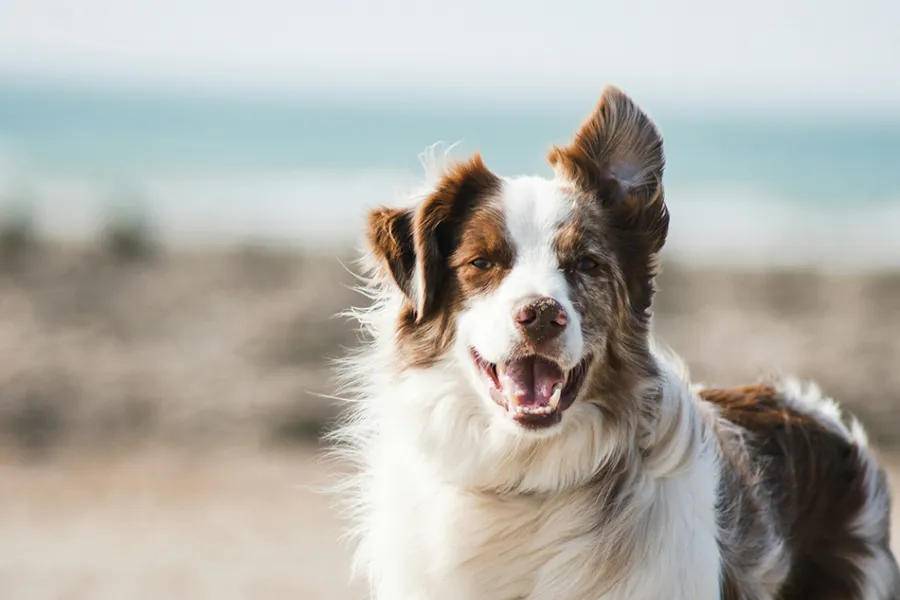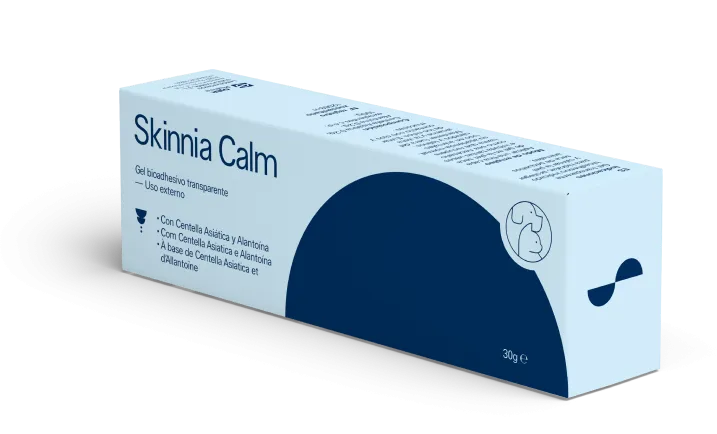PATHOLOGIES WE TREAT
Dermatophytosis (Ringworm)

Introduction
Dermatophytosis refers to fungal infections of the skin, hair, or nails. The most common fungi responsible in dogs and cats belong to the genera Microsporum and Trichophyton. These fungi feed on keratin, a protein found in the outer layer of the skin, hair, and nails, allowing them to thrive and cause lesions.
Causes
Ringworm is highly contagious and easily transmitted through:
- Direct contact with infected animals.
- Indirect contact via contaminated objects such as brushes, bedding, and toys.
- Exposure to contaminated surfaces, as the fungi can survive for long periods in the environment.
Certain factors increase the risk of dermatophytosis, including:
- Hot and humid climates.
- Immunosuppression in animals.
- Young animals, as their immune systems are not fully developed.
- Long hair, which provides an ideal environment for fungal growth.
Symptoms
The most common lesion is a circular hairless (alopecic) area, often red and crusty around the edges. While itching (pruritus) is mild to moderate, some pets may scratch the affected areas. Red, scaly, dry, and inflamed skin is also commonly observed.
In severe cases, the fungus can affect the nails, causing deformities and thickening, which complicates the infection.
Common sites for lesions include:
- Limbs.
- Face.
- Ear flaps.
- Tail.
Diagnosis
Diagnosing fungal skin infections involves the following tools:
- Wood’s lamp examination: Detects the fluorescence of certain fungi, although a negative result does not rule out infection.
- Microscopic examination: Identifies fungi in skin or hair samples.
- Fungal cultures: Involves incubating samples in specific media to confirm fungal presence.
Treatment
Treatment for fungal skin infections includes both topical and systemic options:
- Topical treatment: Essential for targeting localized infections using antifungal creams, lotions, gels, or shampoos. Products like Skinnia Calm can soothe irritation and support antifungal therapy by improving skin condition.
- Systemic treatment: Recommended for severe cases or when topical therapy alone is insufficient. Oral antifungal medications such as griseofulvin, itraconazole, or ketoconazole should be administered under veterinary supervision.
Prevention
- Hygiene: Regular baths with pet-specific products, avoiding excessive moisture on the skin and coat.
- Avoid contact with infected animals: Limit exposure to pets or environments known to have fungal infections.
- Disinfect the environment: Clean and disinfect pet bedding, blankets, brushes, and toys regularly.
- Strengthen the skin barrier: Use topical products like Skinnia Calm to maintain healthy and hydrated skin, reducing the risk of infections.
- Regular veterinary check-ups: Detect and treat early signs of skin irritation or infection.
Moriello, K. A., Coyner, K., Paterson, S., & Mignon, B. (2017). Diagnosis and treatment of dermatophytosis in dogs and cats: Clinical Consensus Guidelines of the World Association for Veterinary Dermatology. Veterinary Dermatology, 28(3), 266–e68.
Machicote Goth, G. (2011). Dermatología Canina y Felina (1st ed.). Zaragoza: Servet.

Bioadhesive transparent gel indicated to moisturise, protect and soothe the dry skin of small animals.